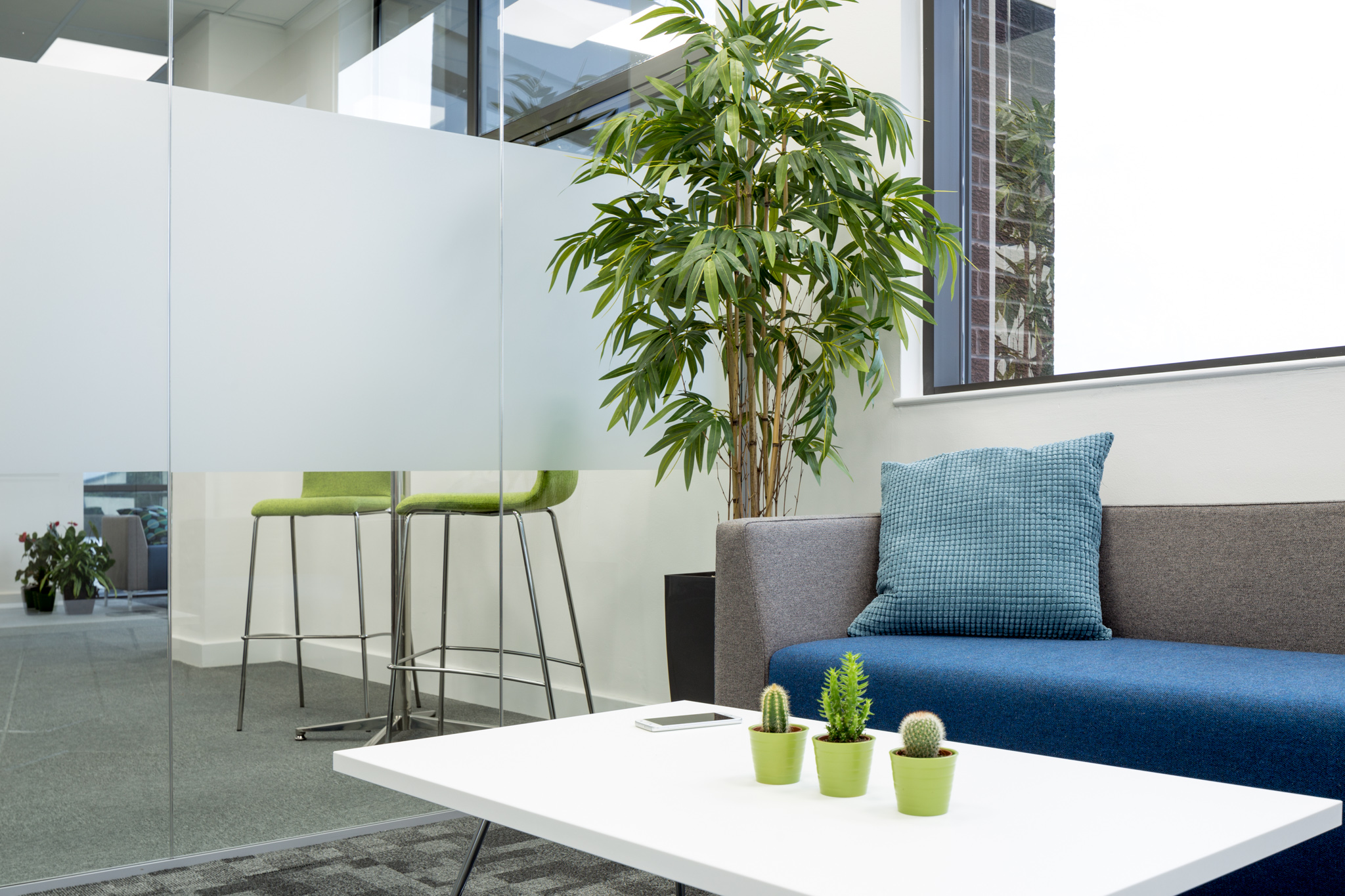
Creating relaxation areas in the workplace could hold the key for employers looking to recruit young talent, research suggests.
A survey conducted by Dale Office Interiors found that over a third of 18- to 34-year-olds would favour prospective employers offering chill-out zones, with a further quarter reporting that open-plan workspaces are an attractive option.
This comes after predictions show millennials (currently aged 22 to 37) will represent 75% of the global workforce by 2025, while Generation Z (the age group that comes after millennials) is beginning to enter the job market, suggesting employers will now be vying to recruit and retain young staff.
In addition, it has been reported that over a fifth of young people have rejected a potential employer due to outdated or uninspiring office design.
Opportunities for activities were also considered important in the poll, with access to exercise and recreational facilities ranked highest by a combined 30% of respondents (16.3% and 14.2% respectively).
A recent survey among London office workers found exercise levels would improve if facilities were either provided at work or subsidised, but three-quarters of UK office workers do not currently have this.
The ability to hot-desk was also deemed appealing by young people, indicating that employers could benefit by taking a flexible approach to their workspace set-up.
And evidence suggests business owners have a growing interest in meeting the professional needs of the next generation: in 2017, the phrase: ‘What do millennials want at work?’ was searched online 3,600 times in the UK.
Warren Bricknell, managing director of Dale Office Interiors, said: “Workforce demographics are fluid and it follows that workspaces need to be too.
“As more mature employees reach retirement age it’s natural that business owners’ recruitment efforts are geared towards attracting young talent.
“But our research suggests many are missing a trick when it comes to revising their workspace requirements which, as previous findings have suggested, could mean the difference between a rejection and an acceptance from a potential employee.”
“Workplace adaptations for a younger market range from smaller measures, such as investing in a table tennis or pool table to enhance leisure and social opportunities, to revisiting the design and layout of the whole space to incorporate open-plan and relaxation areas,” Warren added.
